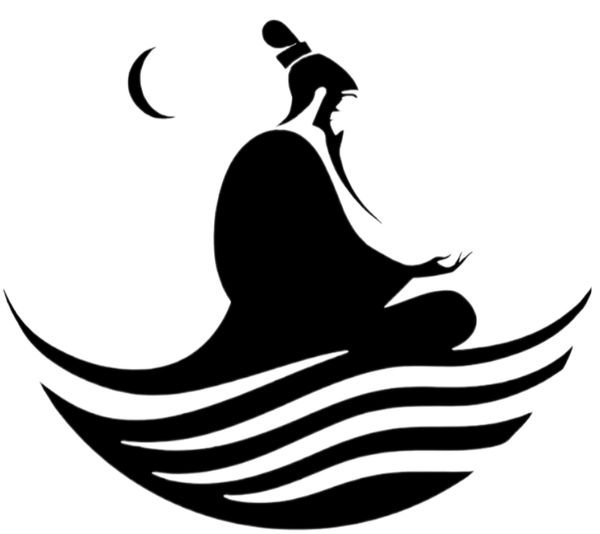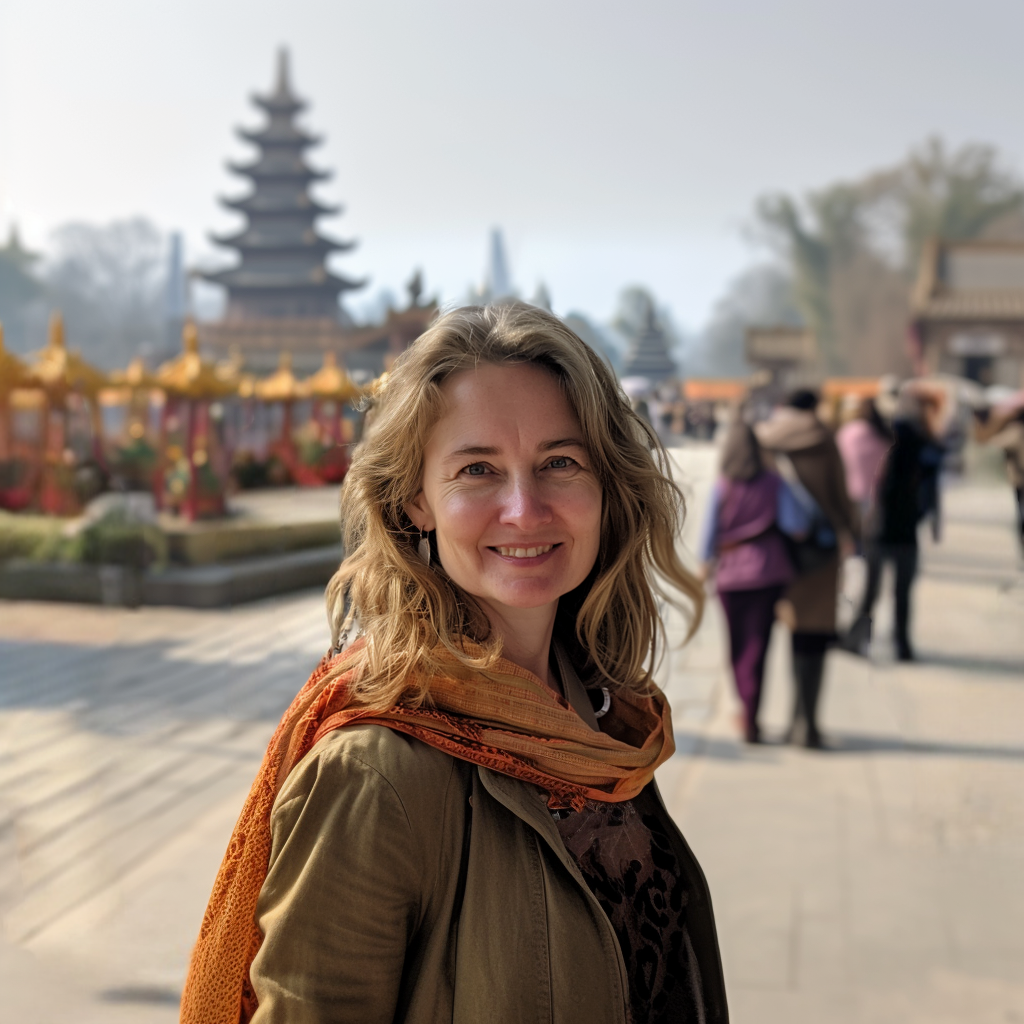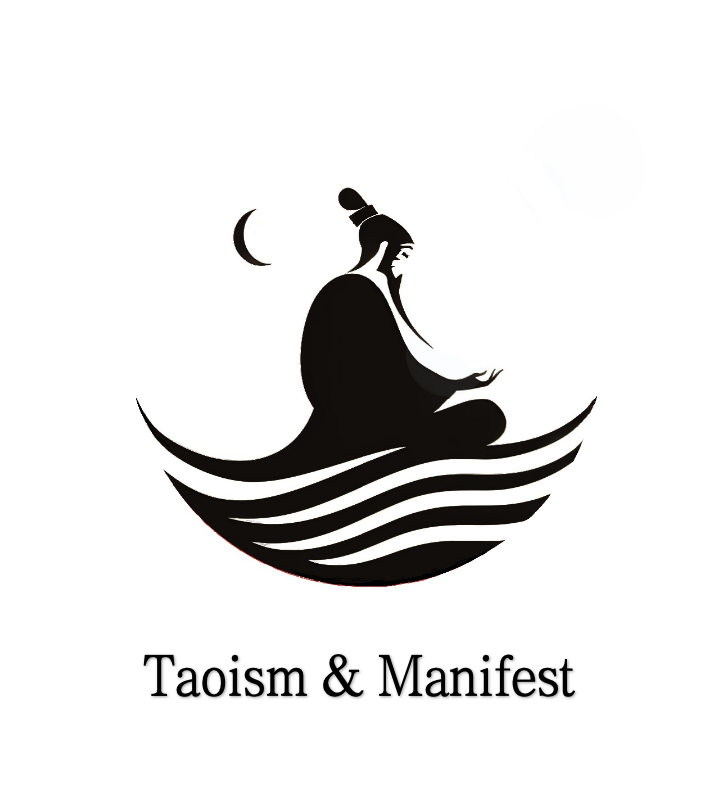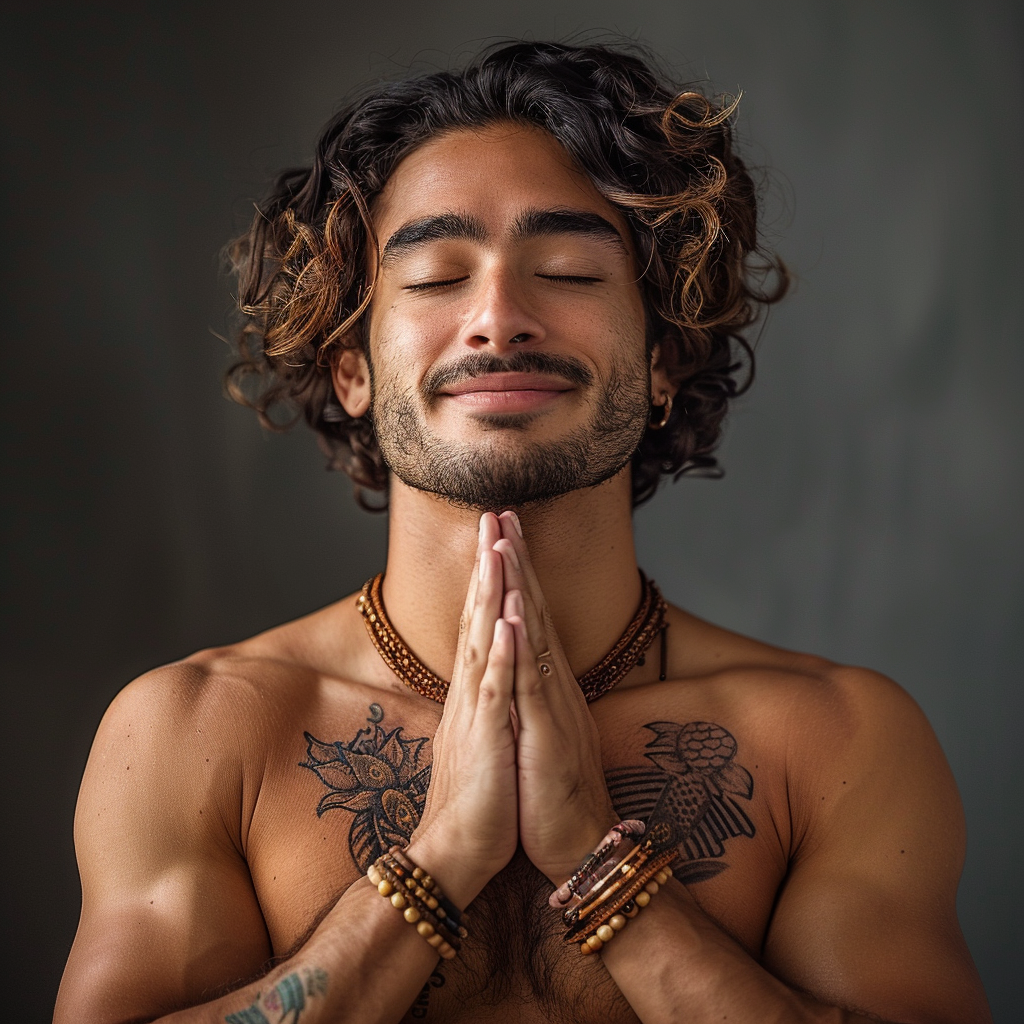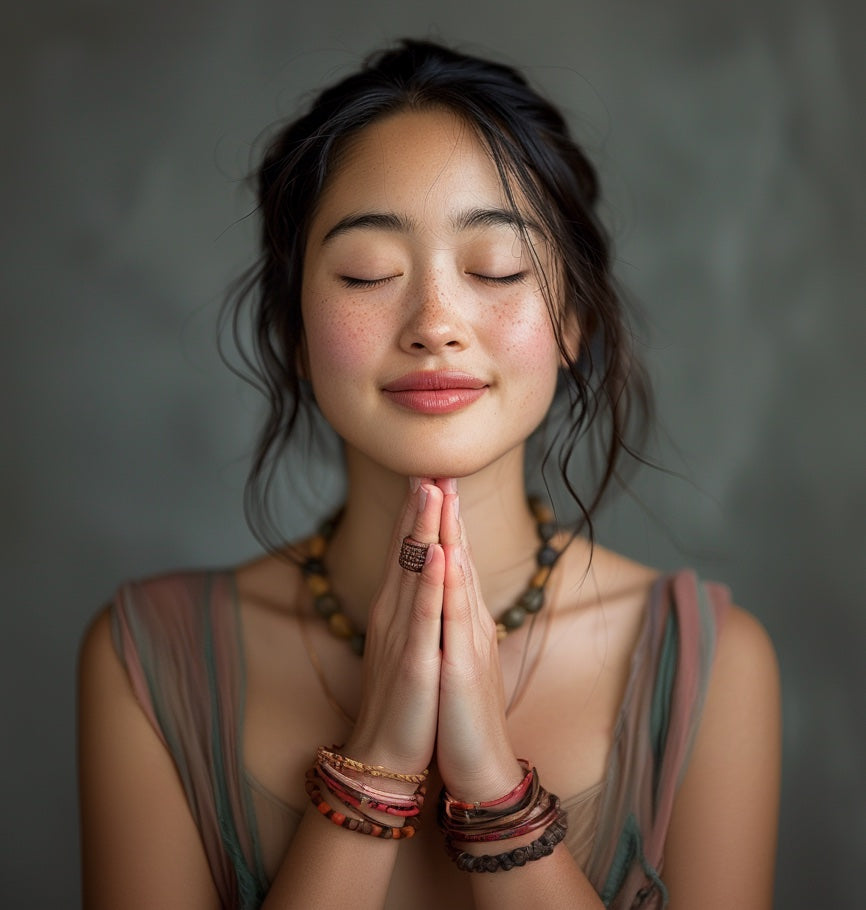Many people think Wu Wei means laziness, passivity, or doing nothing. This misunderstanding often leads to ignoring its deeper meaning. In truth, Wu Wei is about effortless action where you align with the natural flow of life. It does not mean avoiding effort but acting in harmony with the world. Wu Wei encourages you to let go of resistance and respond naturally to life’s demands. This brings peace and simplicity.
Key Takeaways
- Wu Wei is not laziness; it means effortless action in harmony with life’s flow.
- Misunderstanding Wu Wei as doing nothing ignores its focus on mindful and intentional action.
- Practicing Wu Wei helps you achieve more by responding naturally to challenges.
- Cultural differences can create confusion about Wu Wei, as Western views often link action with struggle.
- Wu Wei shows how to trust the process and adapt to situations, creating balance and peace.
- Embracing Wu Wei transforms relationships and personal growth by promoting authenticity and reducing stress.
- To practice Wu Wei, stay present and let your actions unfold naturally without forcing outcomes.
The Misunderstanding of Wu Wei
Wu Wei as Laziness or Passivity
Many people mistake Wu Wei for laziness or passivity. This happens because the term translates to "non-doing" or "inaction." You might think it means avoiding effort, but this misses the point. Wu Wei does not tell you to neglect your duties. Instead, it teaches you to act naturally and without force.
In ancient Chinese philosophy, Wu Wei became a principle of harmony. It is central to Taoism and even influenced Confucian thought. It focuses on aligning actions with life’s natural flow. When you act with ease, you achieve more with less effort. Laziness, however, means neglect and lack of intention. Wu Wei requires awareness and responsiveness, which are the opposite of passivity.
"The sage acts by doing nothing, and yet nothing is left undone." – Laozi, Tao Te Ching
This quote shows the essence of Wu Wei. It is not about avoiding action but taking the right action at the right time. You can think of it as smooth and purposeful engagement. Misunderstanding Wu Wei as laziness keeps you from seeing its value.
Wu Wei as Doing Nothing
Another mistake is thinking Wu Wei means doing nothing. This comes from a literal reading of the term. However, Wu Wei is not about inactivity. It asks you to act in harmony with life’s rhythm.
Think of a river flowing around rocks. The water does not stop or struggle; it moves naturally. Wu Wei is like that. It teaches you to respond without forcing outcomes. When you force things, you create tension. Wu Wei shows how to let go and trust the process.

This misunderstanding often comes from cultural differences. In the West, action is linked to effort and struggle. Wu Wei challenges this view by showing that action can be effective without force. Great results come from working with the flow, not against it.
To practice Wu Wei, stay mindful and intentional. It is not about giving up effort but using it wisely. This approach promotes balance and harmony. Misunderstanding Wu Wei as doing nothing takes away its potential to transform your life.
What Wu Wei Really Means
Wu Wei as 'Effortless Practice'
Wu Wei means acting in a way that feels natural and unforced. It is not about avoiding effort but practicing effort in harmony with life. When you embrace Wu Wei, you act without struggle or resistance. This allows tasks to unfold naturally.
In art, Wu Wei is often a guiding principle. Artists who follow Wu Wei create work that feels spontaneous and alive. For example, a painter might let the brush move freely, trusting instinct instead of forcing an outcome. This reflects the essence of Wu Wei—effortless practice that creates harmony.
You can apply Wu Wei to daily life too. In relationships, it helps you communicate authentically. At work, it reduces stress by letting you focus on tasks without overthinking. In personal growth, it shows you how to trust the process. By practicing Wu Wei, you align your actions with life’s rhythm and achieve more with less effort.
The Essence of Flowing Naturally
The essence of Wu Wei is flowing naturally, like water in a river. Water moves around obstacles without resistance. Wu Wei encourages you to adapt to challenges in the same way.
The Tao Te Ching describes Wu Wei as "practicing non-action." This does not mean doing nothing. It means acting in harmony with the world. When you practice Wu Wei, you respond with awareness and intention. You avoid forcing outcomes and trust that the right path will appear.
Flowing naturally means staying present. For example, when facing a problem, pause and observe before acting. This avoids impulsive choices and leads to better solutions. Over time, this creates ease and confidence in your actions.
Wu Wei challenges the view that it is laziness or passivity. It shows that effortless practice needs awareness, intention, and adaptability. By embracing it, you can transform your approach to life’s challenges.
Why the Misunderstanding of Wu Wei Persists
Cultural and Philosophical Differences
Misunderstandings about Wu Wei often come from cultural differences. In Western culture, action is linked to effort and control. Success is seen as a result of struggle. This contrasts with Daoism, which focuses on harmony and effortless action.
"Nature does not hurry, yet everything is accomplished." – Laozi, Tao Te Ching
This quote reflects Daoism’s belief in natural action. Wu Wei aligns your actions with life’s rhythms. Western perspectives often miss this subtlety, equating Wu Wei with passivity.
Lack of Awareness About Intentionality
Another issue is misunderstanding Wu Wei’s intentionality. People think it means doing nothing. But Wu Wei involves awareness and purposeful action.
For example, when facing a challenge, Wu Wei encourages you to observe and respond naturally. This approach avoids impulsive decisions and creates balance. It ensures your actions are effective and intentional.
Closing the Cultural Gap: Taoism & Manifest's Mission

At Taoism & Manifest, we are passionate about breaking down misconceptions surrounding Taoist philosophy, especially concepts like Wu Wei. Our mission is to bridge the gap between Eastern wisdom and Western understanding, creating a space where ancient teachings are accessible, relatable, and applicable to modern life.
We believe that the beauty of Wu Wei lies in its depth—it’s not about passivity but aligning with the natural flow of life. This insight can transform how we approach challenges, decisions, and personal growth. That’s why our platform exists: to educate, inspire, and guide those seeking balance and harmony through Taoist practices.
Curious about how it all started? Learn more about our mission and the inspiration behind Taoism & Manifest by visiting our About Us page.
Explore our collection of Taoist-inspired amulets and Blessed bracelets, crafted to serve as daily reminders of the principles of balance, flow, and connection. Each piece is thoughtfully designed to help you carry the wisdom of Taoism into your everyday life.
Discover how we’re redefining Taoist philosophy for the modern world while staying true to its profound roots.
"Recognize, embrace, and follow the natural flow of life."

